
ACADIA2013
A research project by CITA.
Presented at ACADIA 2013, Adaptive Architecture, Waterloo / Buffalo, Nottingham.
Aim
“The Rise” ACADIA workshop explored the conceptualisation, technologies and making of an architecture that is continuously sensing and dynamically adapting to its environment as it grows into form. The workshop was based in a research project into the digital design and fabrication of aggregations of variably sized bundles of fibre material that multiply, bend, branch, and recombine in a distributed assembly that manifests an alternative to traditional structural systems. The workshop participants got insights into the algorithmic base, the CNC processes and the physical processes in a hands-on way.
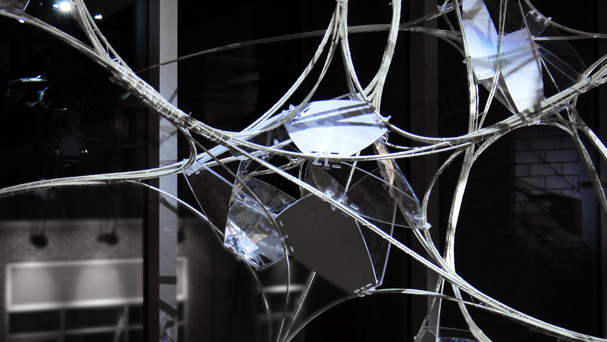
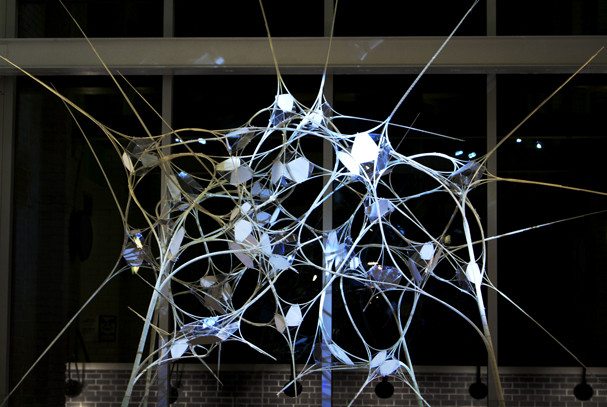
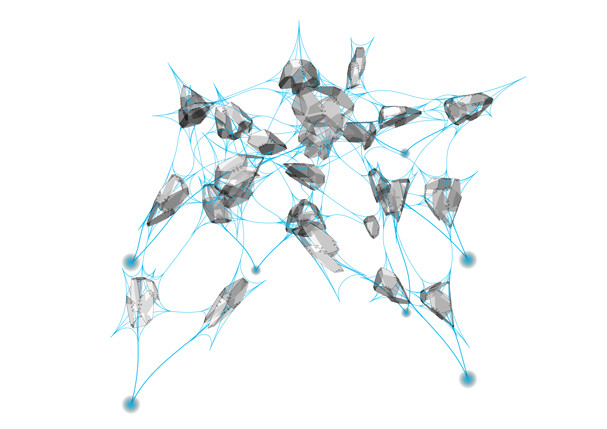
Concept of the Installation
The concept of “The Rise” is the idea of a growing architecture. Like a bush the installation has its own internal growth patterns that guide the material in a highly distributed aggregation of small members that keep branching off and multiplying. The installation looks at distributed systems as an alternative to traditional structural systems. Where contemporary design approaches in architecture have difficulties to conceptualise complex systems we grow a multitude of intersecting members that all together create a structural network system. In this vision architecture is not a static formalist proposition but instead continuously adapting to the dynamics of its surroundings while growing into form.
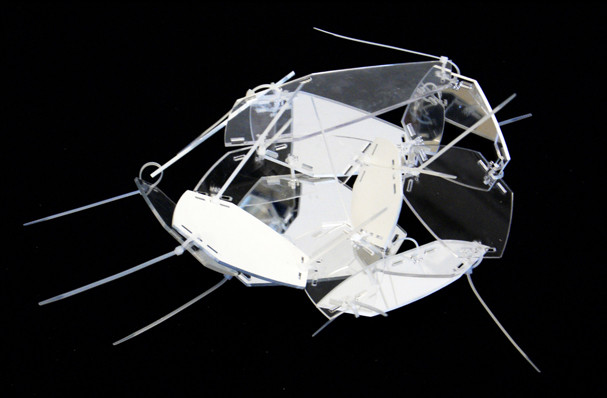
This model directly emulates those natural plant growth processes where properties called tropisms – such as those reacting to light (phototropism), gravity (geotropism) or touch (thigmotropism) – trigger auxin – a hormone that directs new cellular growth and coordinates the emergence of the plant’s shape.
In “The Rise” virtual auxins are activated in response to the exhibition space through programmed algorithmic tropisms. The installation grows in response to its environment, extending and directing with the variations of light in the space, the gravity and its contact to the surroundings. Like plants the system is self-aware. It understands its behaviour under self-weight and reacts through thickening or weakening or shoots that create extra support.
The installation learns from nature and mimics its ways of creating structural performance but also expands this into new hybrid growths that lie outside the natural environment, as the braches ability to re-join and create circular relationships with high structural strength.
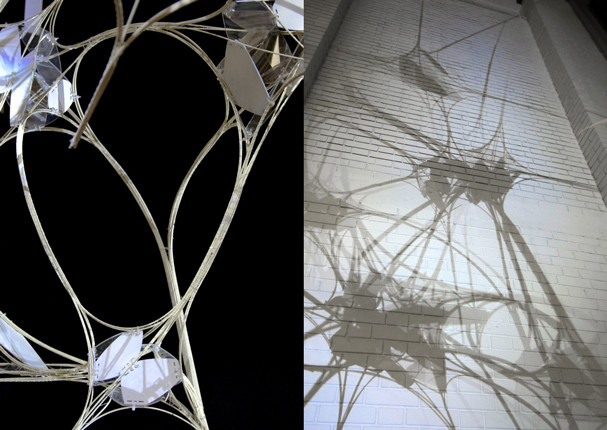
Collaborators
Martin Tamke (CITA), David Stasiuk (CITA), Mette Ramsgaard Thomsen (CITA), Claus Rytter Bruun de Neergaard (CITA), Ida Tinning (CITA.studio), Annika Richmond (CITA.studio).
Venue
ACADIA 2013, Waterloo, Buffalo, Nottingham - Canada.















